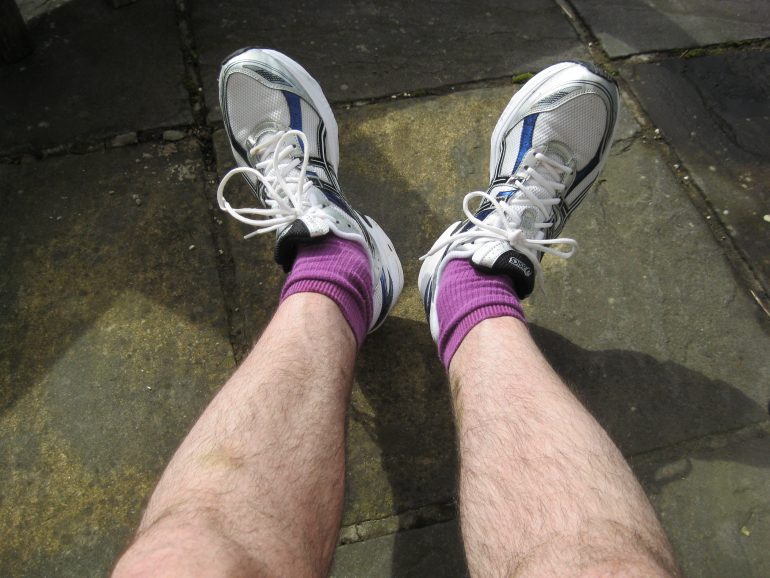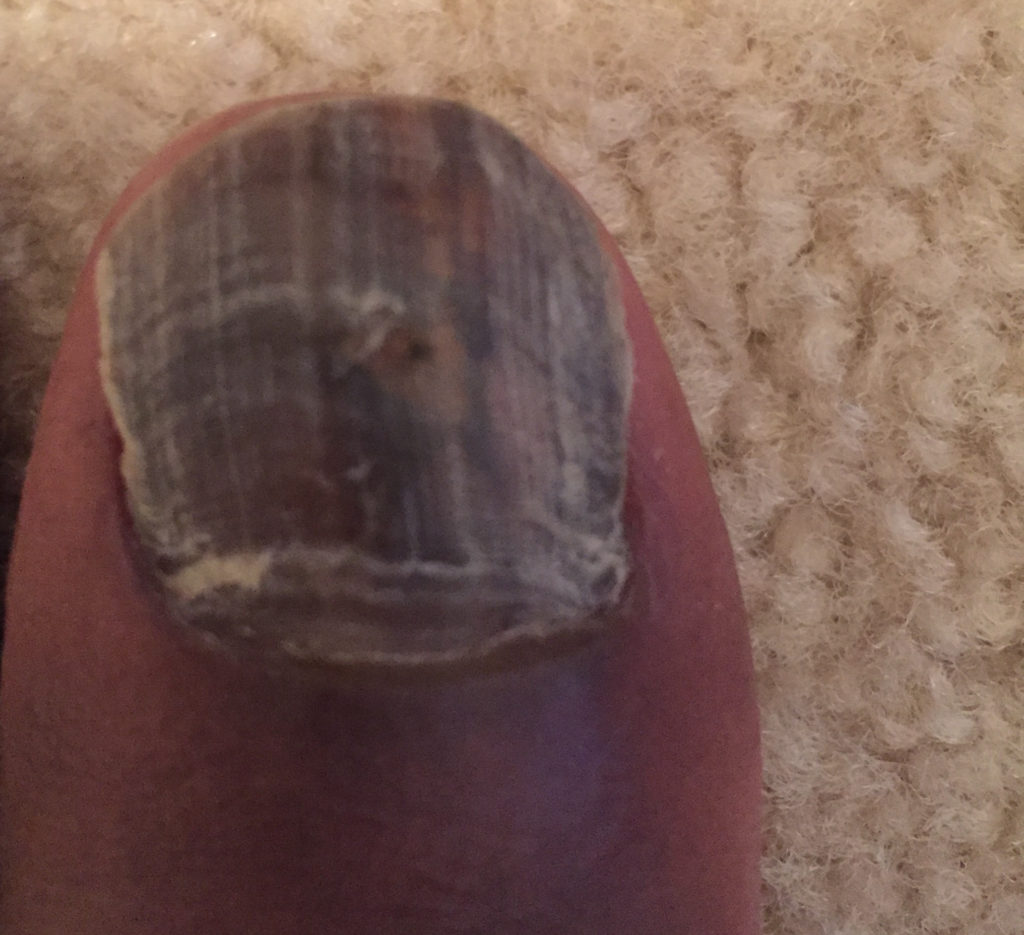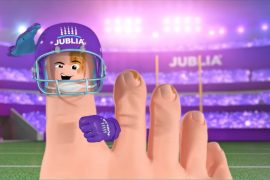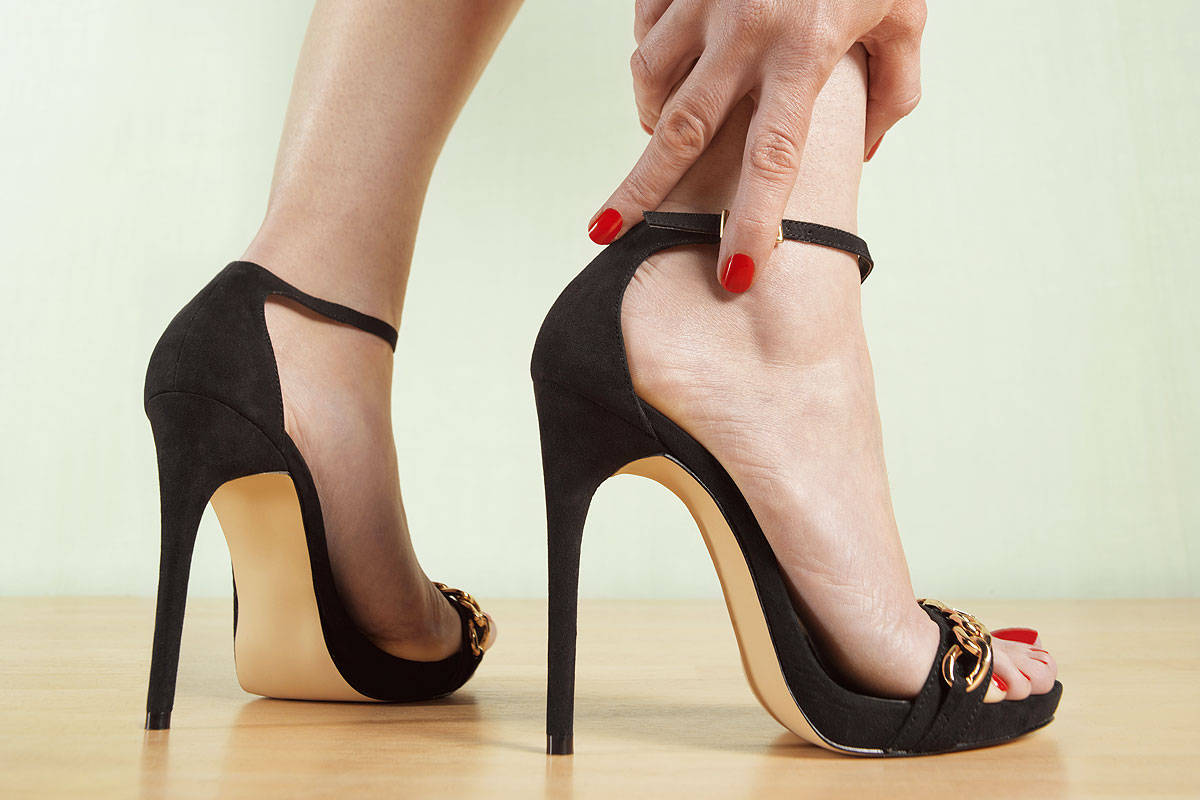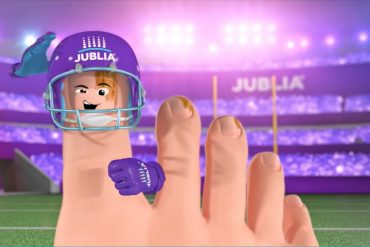Having duck feet sucks! I’ve been dealing with this issue for most of my life and believe this was a key contributor to me developing bunions. Do your feet point outward when you walk? Then you have duck feet which can lead to all kinds of injuries and issues including knee and back pain, shin splints, and bunions. They also make you feel misaligned overall. It kind of feels like your spine is slightly out of whack.
Since having successful bunion surgery and recovery I’ve been focused on fixing my duck feet. Based on my research, the good news is that if you want to fix your duck feet in many cases it can be accomplished by doing certain stretches and exercises consistently. Duck feet are typically caused by posture or body imbalances that can be corrected. Surprising the issue usually stems from a problem with your hips, not your feet.
Poor posture and excessive sitting can make your pelvis tip forward which is known as anterior pelvic tilt. An anteriorly tilted pelvis keeps your butt muscles and abdominal muscles from firing the right way. This puts extra burden on the muscles on the inside of your hip bones known as external rotators to over compensate. When those muscles get too tight they pull your femur outward which causes your feet to turn out (duck feet).
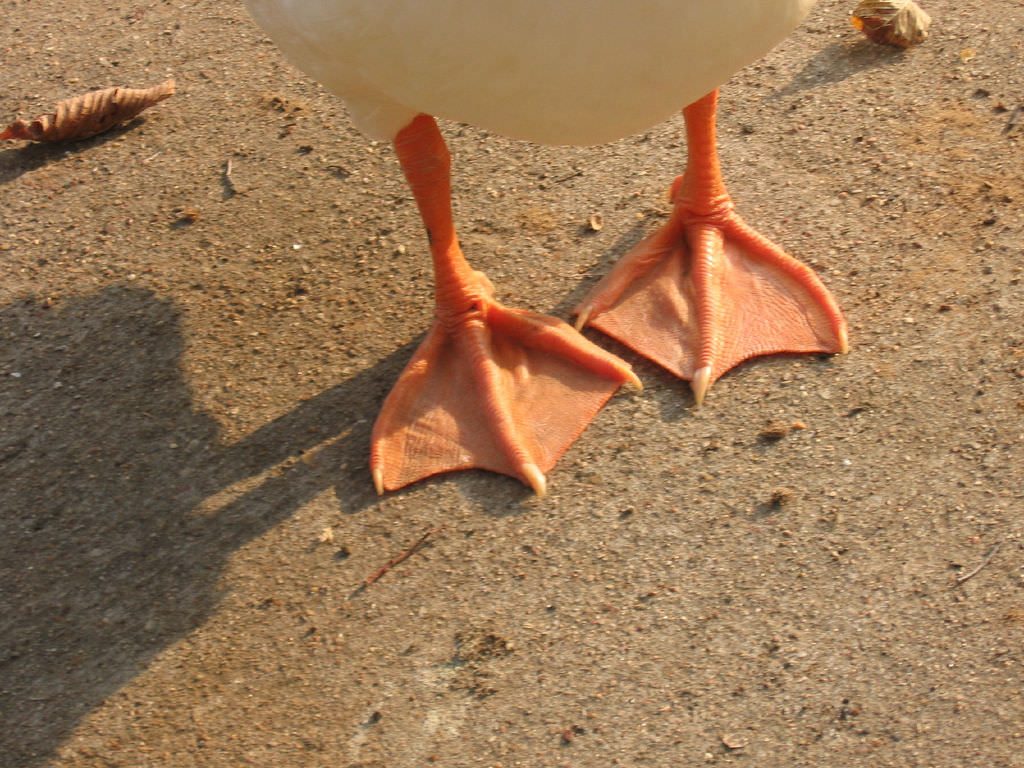
How to Tell What is Causing Your Duck Feet
To see if your hips are causing your duck feet lie face-up on your back with your legs straight. Look at your knees. If your knees are turned out along with your feet, then you know your hips are causing the issue. If your knees are straight and centered and your feet turn out, your lower legs are causing the issue.
In my case, my knees definitely turn out which indicates that my hips are the culprit.
Exercises to Fix Duck Feet
If your hips are causing your duck feet you need to improve your internal hip rotation. Here are some exercises to strengthen your hip rotation.
First loosen up your tight muscles by using a foam roller on your legs and hips to release your tight muscles.
Exercises if Hip Issues Are Causing Your Duck Feet
Standing Single Leg/Straight Leg Internal Rotation
This is one of my favorite exercises that I do daily to strengthen my hips.
- Raise one leg and lock the knee of the raised leg.
- Hold on to a wall or chair for balance.
- Keep your knee locked and rotate leg internally at the hip. Try to point the toes of your raised leg toward your foot that is on the ground. Repeat 15-20 times on each leg.
Hip Rotation Mobilizations
- Lie on your side with your knees and hips slightly bent.
- With your top hand, locate the bony prominence (the ilium) on the back of your top hip. With your fingers on top of the ilium, apply constant pressure.
- While maintaining the pressure, draw your top knee toward your chest and extend it back to your feet.
- Repeat three sets of 20 reps on each side.
Hip Flexor Stretch
- Begin in split kneeling position (back knee down, front knee up) with the back knee on a soft pad.
- Forward knee should be directly above ankle with a 90-degree bend in knee.
- To begin stretch, shift weight forward into a lunge while keeping your torso tall and pelvis tucked under. The stretch should come from your pelvis and you should feel it in the front of the hip. Don’t lean forward with your torso.
- To get a deeper stretch, bring the arm on the same side as your back leg up over your head, then side bend and twist your torso away from the leg being stretched.
- Hold for 30 second and perform three times on each side.
Single-Leg Hip Thrusts
- Holding a dumbbell on your hips, lie with your upper back flat on a bench or table with your legs and low back off the edge. Plant one foot on the ground with your knee bent, and extend your other leg out.
- Dip your glutes down and then thrust back up with your bent leg, squeezing your glutes through the movement.
- Repeat for three sets of 15 on each leg.
Exercises if Lower Leg Issues are Causing Your Duck Feet
Shin Release
- Find a stable, firm surface roughly knee height.
- Place a lacrosse ball on the surface, and kneel into it, the front of the shin (muscle only) on the ball.
- Roll the ball up and down the muscle until the discomfort in that area decreases.
- Move ball around to multiple sore spots along the muscle to target entire muscle.
- Perform on each leg for two minutes.
Nose Toward Wall
- Stand on one foot about 12 inches away, and facing a wall, your other foot down behind you with toes just touching floor. Your front leg should be straight, knee soft.
- Keeping your back straight, shift your weight forward from your heel to your toe so your body tilts toward the wall (you won’t tilt so far forward that your nose actually touches). Repeat for three sets of 15 reps on each leg.
- If this is too challenging, stand on both feet.
Stability Ball Calf Raises
- Stand with chest against a stability ball that’s placed against a wall at chest height; rise up onto toes.
- Shift weight all to one foot, and pick up the other foot so it’s resting against the back calf of the working leg.
- Slightly bend the knee of your working leg, and rise up onto your toes; come all the way down so your heel touches the floor.
- Repeat the motion with your working leg completely straight. Then repeat again with your foot turned outward. The entire series is one rep. Do three sets of 15 reps on each leg.
- If this is too difficult, perform with both feet on the ground.
Simple Stretch For Duck Feet
I really like doing this stretch and it has been one of the most effective ways to help correct my duck feet. It is easy to do and feels good and seems to help immediately. I do it every time I go to the gym for a minute on each leg.
- Hold wall or other fixed structure.
- Turn leg in so foot is pointed inward. Lock your quad muscle.
- Put your other foot in front.
- Turn away from direction you are pointing your toe.
- Hold for 30 seconds. Switch sides.
You should also be mindful of your foot position throughout the day. Try to keep your feet pointed straight as much as you can. This shouldn’t hurt. You may fees some discomfort while doing these exercises but stop if you fee pain.
Consistency is key. Try to do these exercises several times each day for the best results.
Hopefully these tips will help you fix your duck feet. Good luck!

